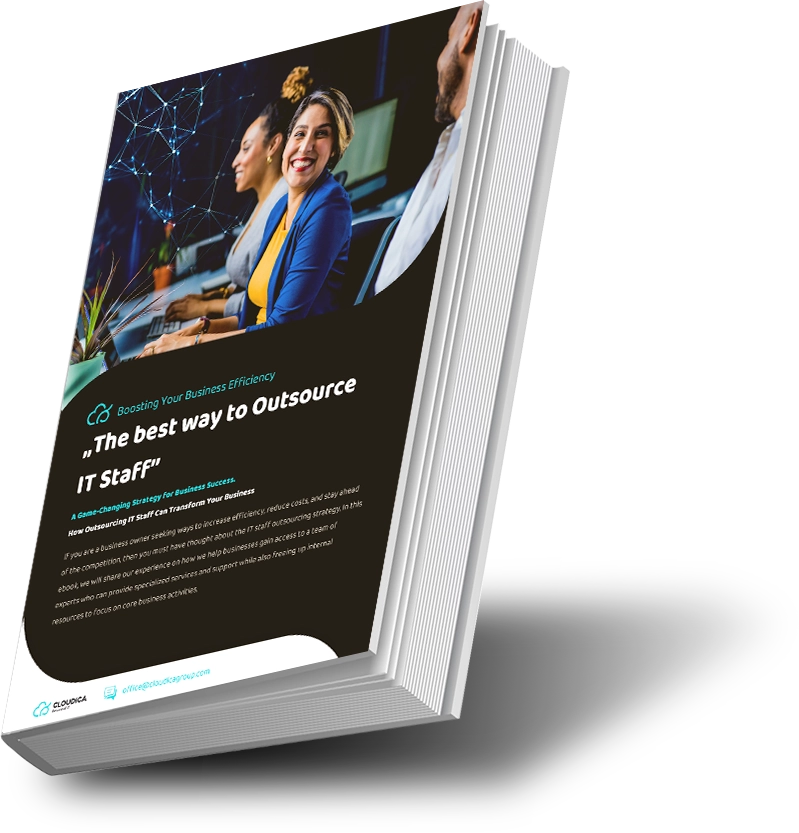Cloud Adoption Framework for your business
Empower your business through reliable and expert tech services. Be sure of IT.
210 companies like yours scheduled such a meeting with us!
- 24/7 Support
- 100% IT tickets resolved
- 450+ Completed Projects
- 24/7 Support
- 100% IT tickets resolved
- 450+ Completed Projects
Request a free quote
A structured framework is crucial for successful cloud adoption. We work closely with our customers to provide a consistent, scalable, and secure, step-by-step cloud transition journey. Our customized approach involves assessing the current infrastructure, applications, and workloads to determine the most suitable cloud environment for every customer’s specific needs. This ensures a smooth and efficient migration to the cloud.
Benefits
A structured approach to adopting cloud technology.
What can your company gain from working with Cloudica on a cloud migration project following a cloud adoption framework?
Streamlined Cloud Adoption Process
A cloud adoption framework provides a structured approach to adopting cloud technology, which can help your organization streamline the process of migrating to the cloud. By following a structured framework that includes assessment, planning, design, migration, implementation, optimization, governance, operations, and continual improvement, a successful and efficient transition to the cloud can be ensured.
Customized Cloud Environment
A cloud adoption framework allows your organization to assess current infrastructure, applications, and workloads to determine the most suitable cloud environment. This customized approach ensures that the organization’s cloud environment is tailored to its specific requirements, which can help improve efficiency, reduce costs, and enhance security and compliance.
Enhanced Performance and Cost Optimization
A cloud adoption framework includes optimization as a key component of the process, which means that you can continually monitor and tune the resources and services in a cloud environment to ensure they are meeting needs. This can result in enhanced performance and cost optimization, as you can identify areas where they can reduce costs or improve their operations.
Improved Governance and Compliance
A cloud adoption framework includes governance as a critical component. It means that policies and procedures can be established for your cloud environment and they are designed to ensure security, compliance, and cost management. By following best practices for governance and compliance, you can reduce the risk of data breaches, avoid regulatory penalties, and ensure that your cloud environment is operating efficiently and effectively.
Streamlined Cloud Adoption Process
A cloud adoption framework provides a structured approach to adopting cloud technology, which can help your organization streamline the process of migrating to the cloud. By following a structured framework that includes assessment, planning, design, migration, implementation, optimization, governance, operations, and continual improvement, a successful and efficient transition to the cloud can be ensured.
Customized Cloud Environment
A cloud adoption framework allows your organization to assess current infrastructure, applications, and workloads to determine the most suitable cloud environment. This customized approach ensures that the organization’s cloud environment is tailored to its specific requirements, which can help improve efficiency, reduce costs, and enhance security and compliance.
Enhanced Performance and Cost Optimization
A cloud adoption framework includes optimization as a key component of the process, which means that you can continually monitor and tune the resources and services in a cloud environment to ensure they are meeting needs. This can result in enhanced performance and cost optimization, as you can identify areas where they can reduce costs or improve their operations.
Improved Governance and Compliance
A cloud adoption framework includes governance as a critical component. It means that policies and procedures can be established for your cloud environment and they are designed to ensure security, compliance, and cost management. By following best practices for governance and compliance, you can reduce the risk of data breaches, avoid regulatory penalties, and ensure that your cloud environment is operating efficiently and effectively.
Process
Just two steps to get what you need
Up to 60 minutes online consultation with our experts
Quote with the full scope
and its pricing sent to your e-mail
Up to 60 minutes online consultation with our experts
Quote with the full scope
and its pricing sent to your e-mail
Testimonials
9 of 10 Customers recommend us further
“People are the greatest value in Cloudica.
I had the pleasure of working with this team for over 5 years and I know one thing: there is nothing impossible for them. Striving for perfection, imagination, and knowledge in the areas of cloud computing solutions allow them to pursue goals that are beyond the reach of competitors.”
“We were cooperating with Cloudica in terms of advisory and Implementation of our cloud solutions. We were delighted with their unique competences, professionalism and swift deliver. We do recommend Cloudica from carrying out of complex and demanding projects.”
“‘What I like the most about Adam and his team is the fact that they can speak with me in plain language, not “IT” one. All the time they are set up front to the customer. And they have great customer service too!’”
“People are the greatest value in Cloudica.
I had the pleasure of working with this team for over 5 years and I know one thing: there is nothing impossible for them. Striving for perfection, imagination, and knowledge in the areas of cloud computing solutions allow them to pursue goals that are beyond the reach of competitors.”
“We were cooperating with Cloudica in terms of advisory and Implementation of our cloud solutions. We were delighted with their unique competences, professionalism and swift deliver. We do recommend Cloudica from carrying out of complex and demanding projects.”
“‘What I like the most about Adam and his team is the fact that they can speak with me in plain language, not “IT” one. All the time they are set up front to the customer. And they have great customer service too!’”
Scope
What Cloud Adoption Framework includes
Assessment
Assessing the current state of the organization's IT infrastructure, applications, and workloads to determine which are suitable for migration to the cloud.
Planning
Developing a plan for migrating to the cloud, including identifying the resources and services that will be needed and a timeline for the migration.
Design
Designing the architecture and infrastructure for the cloud environment, including selecting the right cloud provider and services, as well as configuring the necessary networking, security, and management tools.
Migration
Migrating the selected workloads and applications to the cloud, including testing and validating the migration before going live.
Implementation
Implementing the cloud environment, including configuring the necessary resources and services, and deploying the applications and workloads.
Optimization
Optimizing the performance and cost of the cloud environment, including monitoring and tuning the resources and services to ensure they meet the organization's needs.
Governance
Establishing governance policies and procedures for the cloud environment, including security, compliance, and cost management.
Operations
Managing and maintaining the cloud environment, including monitoring, troubleshooting, and providing support for the users.
Continual Improvement
Continually reviewing the cloud environment and identifying new opportunities for optimization, innovation, and growth.
Assessment
Assessing the current state of the organization's IT infrastructure, applications, and workloads to determine which are suitable for migration to the cloud.
Planning
Developing a plan for migrating to the cloud, including identifying the resources and services that will be needed and a timeline for the migration.
Design
Designing the architecture and infrastructure for the cloud environment, including selecting the right cloud provider and services, as well as configuring the necessary networking, security, and management tools.
Migration
Migrating the selected workloads and applications to the cloud, including testing and validating the migration before going live.
Implementation
Implementing the cloud environment, including configuring the necessary resources and services, and deploying the applications and workloads.
Optimization
Optimizing the performance and cost of the cloud environment, including monitoring and tuning the resources and services to ensure they meet the organization's needs.
Governance
Establishing governance policies and procedures for the cloud environment, including security, compliance, and cost management.
Operations
Managing and maintaining the cloud environment, including monitoring, troubleshooting, and providing support for the users.
Continual Improvement
Continually reviewing the cloud environment and identifying new opportunities for optimization, innovation, and growth.

210 companies like yours scheduled such a meeting with us!
Adam Kotecki - CEO Cloudica
Certificates and awards
Some proofs of our expertise
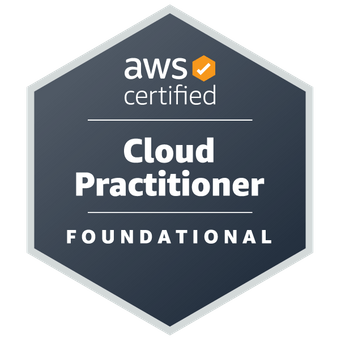

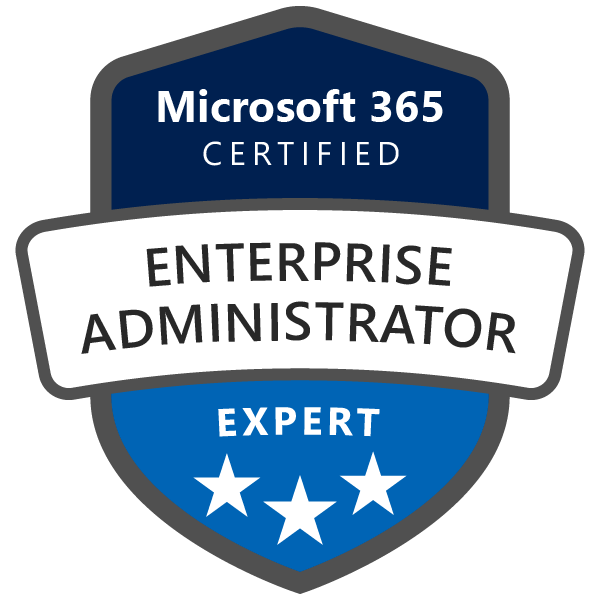
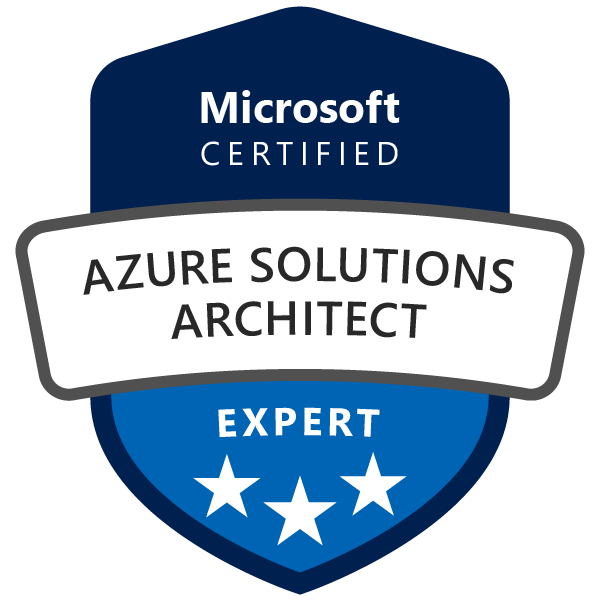
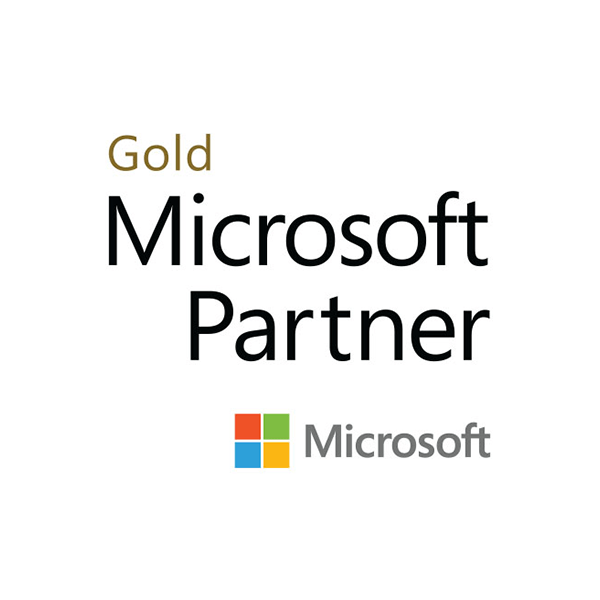
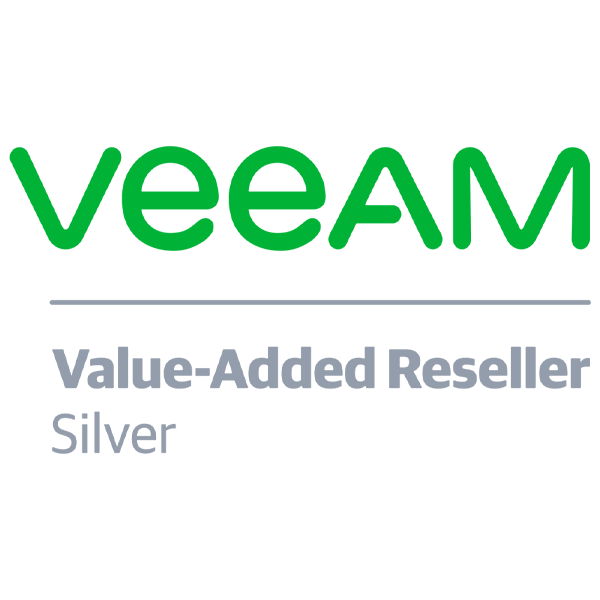
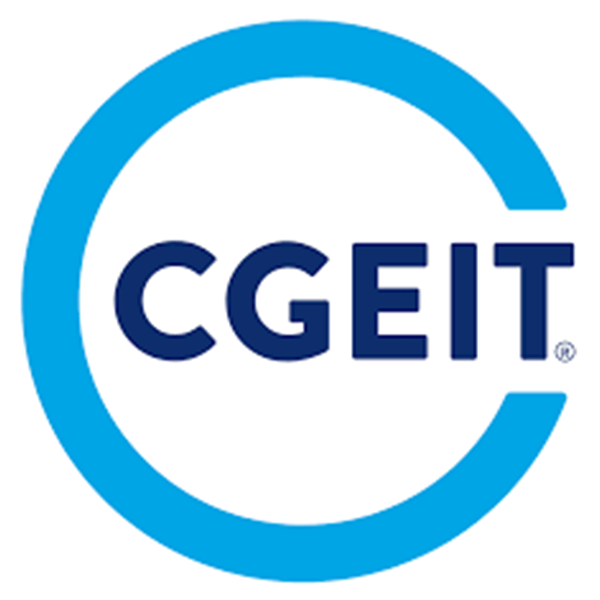
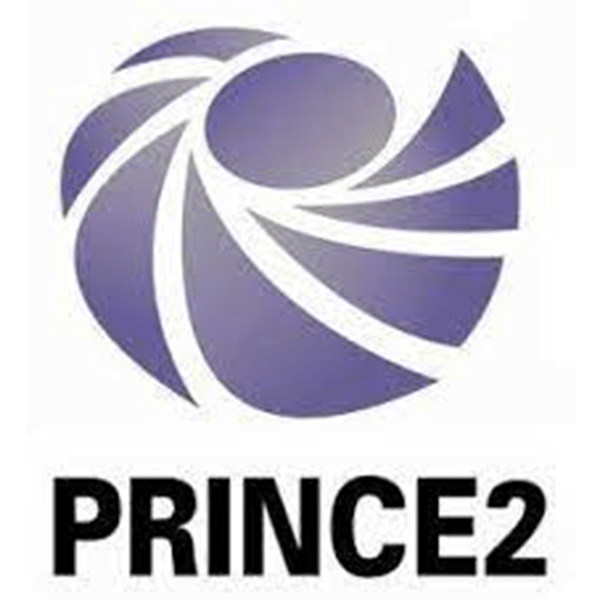
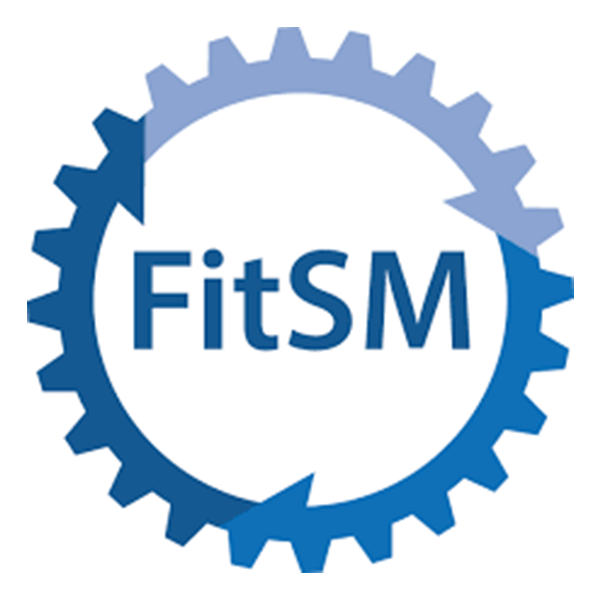
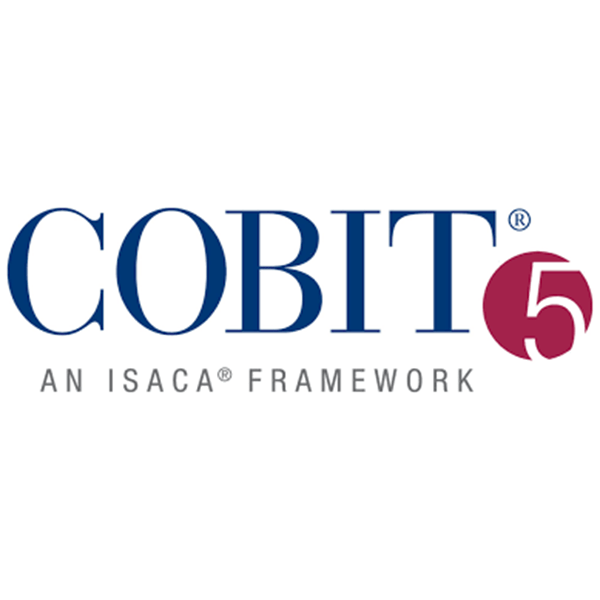
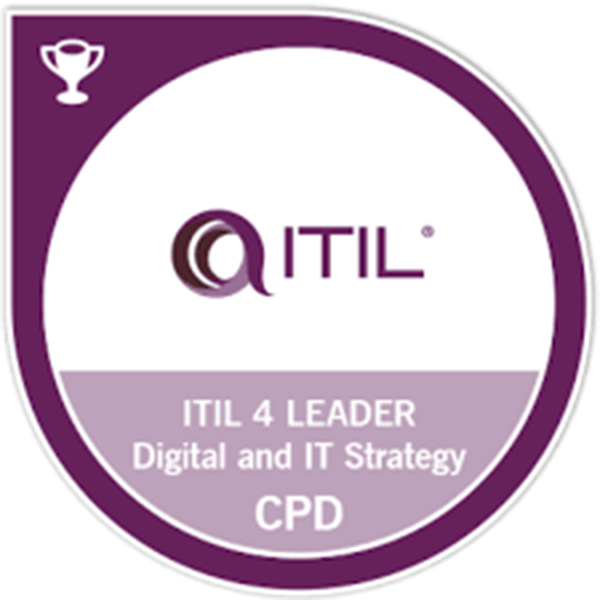
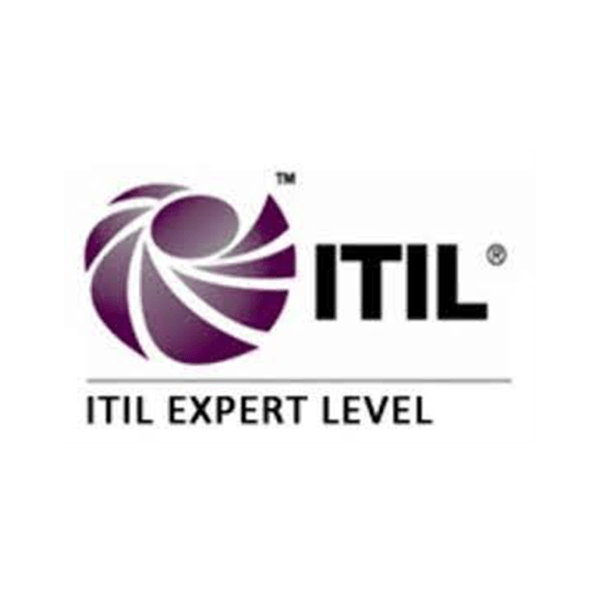
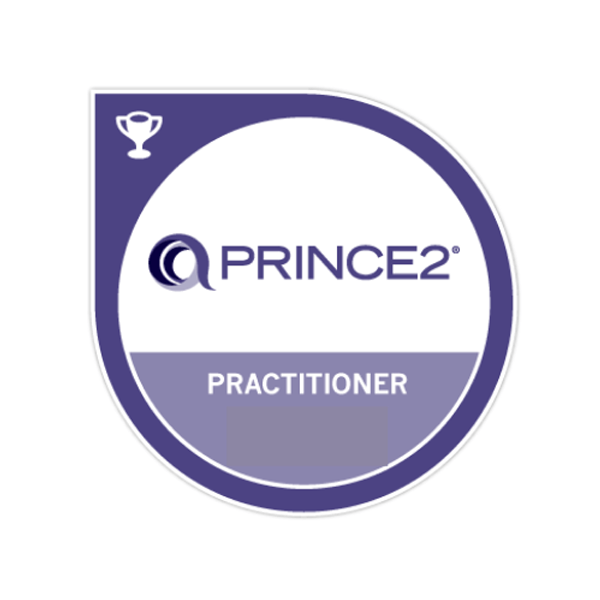
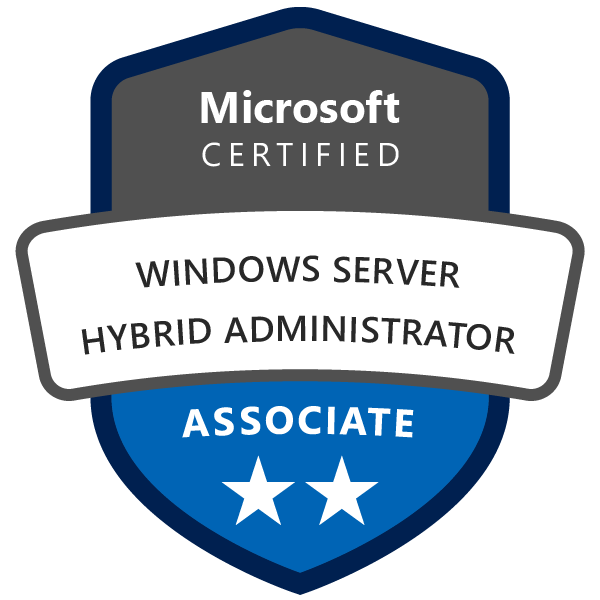
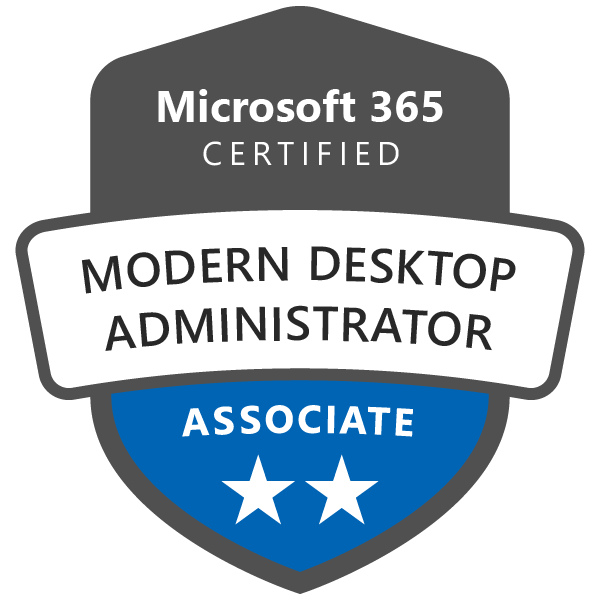
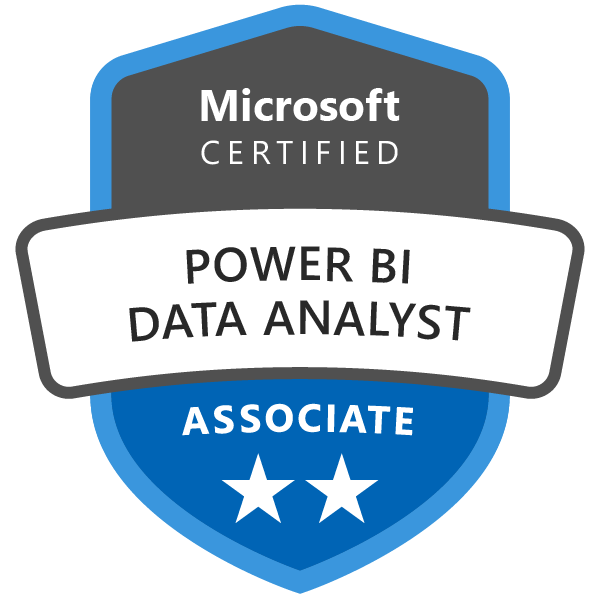
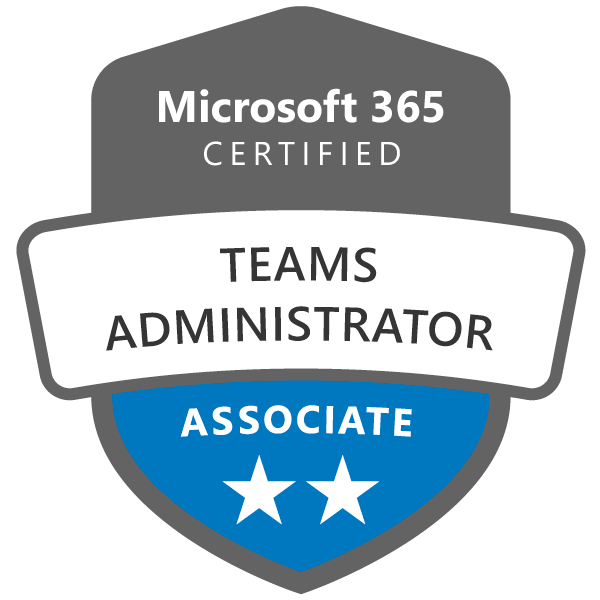
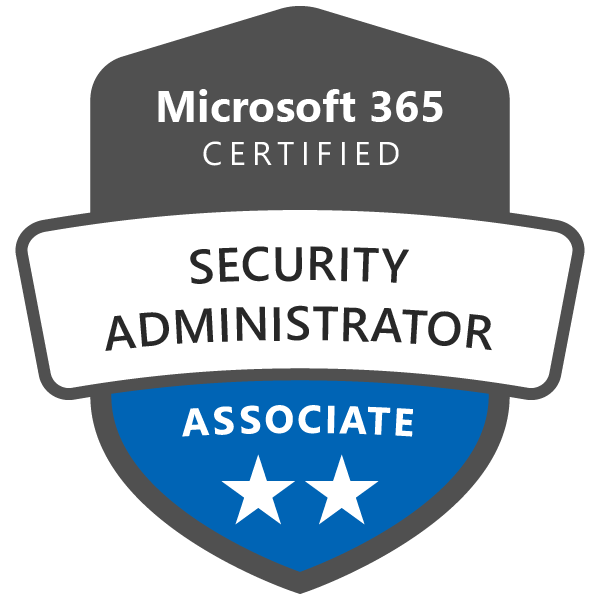
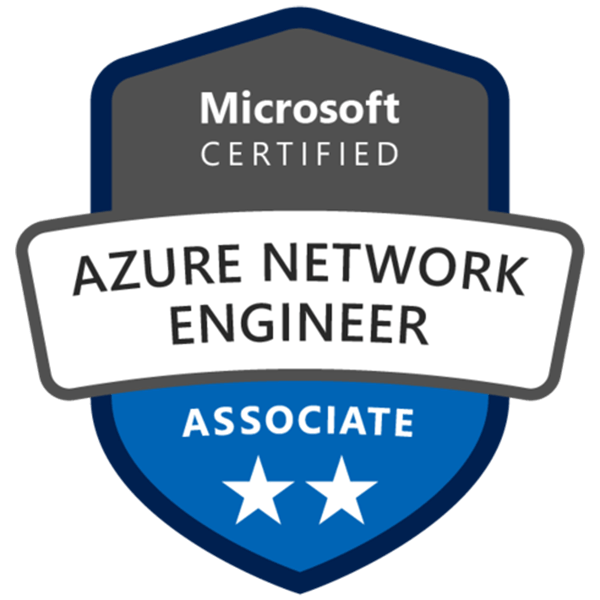
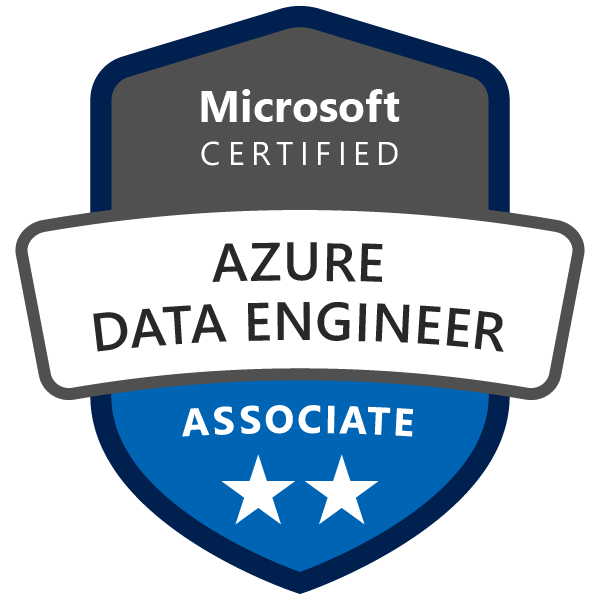
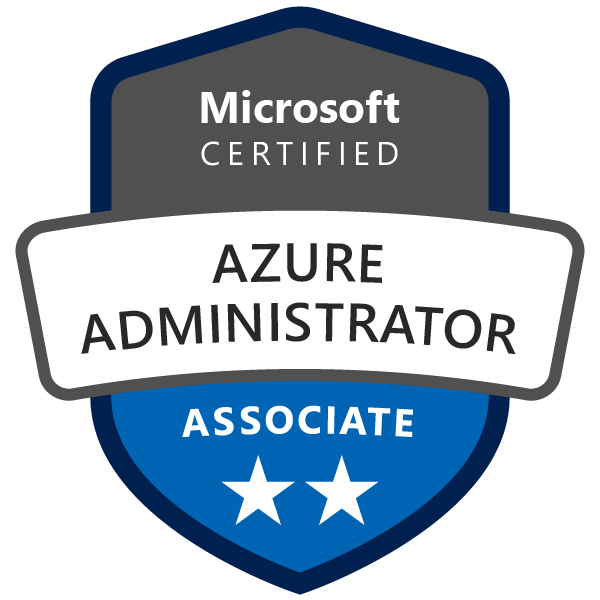
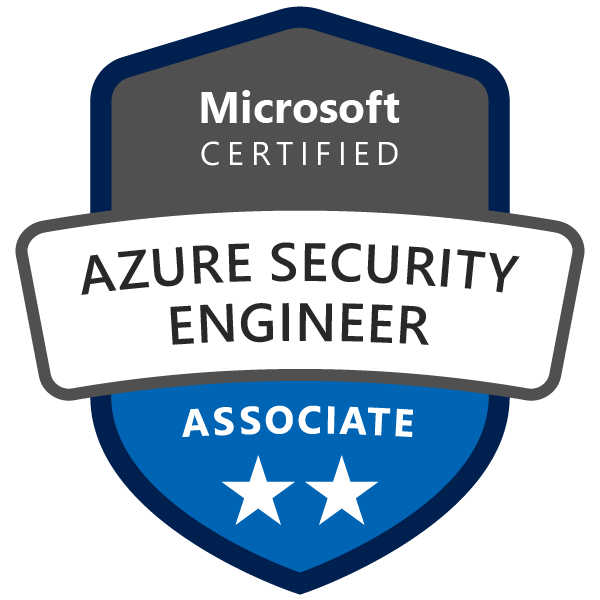
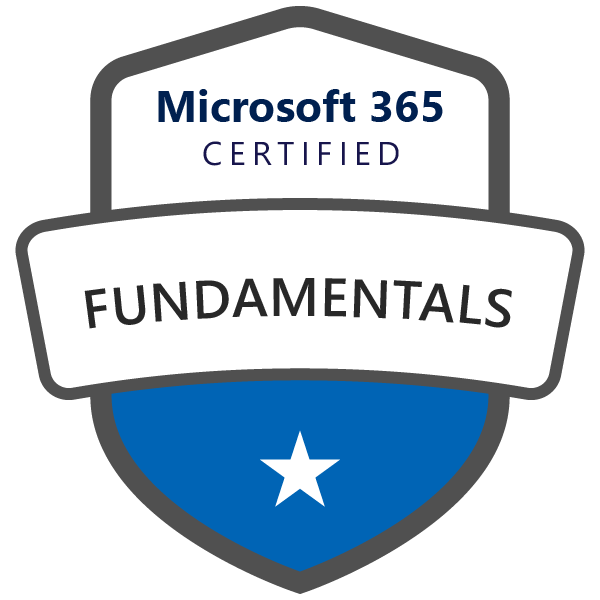
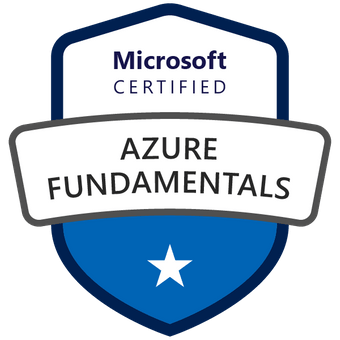
FAQ
People also ask
Can I customize my backup and disaster recovery plan to meet my specific needs?
Yes, you can customize your backup and disaster recovery plan. We understand that every organization has unique requirements, and we work with you to create a customized solution that aligns with your business objectives. Our team of experts will assess your infrastructure, data requirements, and other factors to create a tailored backup and disaster recovery plan that meets your specific needs.
What is the expected recovery time in the event of a disaster, and how is it determined?
The expected recovery time in the event of a disaster depends on the specific circumstances of the event, such as the type of disaster and the amount of data that needs to be recovered. However, we strive to provide fast and efficient recovery times to minimize your downtime and reduce the impact on your business. Our disaster recovery plan includes recovery time objectives (RTOs) and recovery point objectives (RPOs), which are determined during the planning stage, and our team works diligently to ensure that we meet these objectives.
How often are backups tested and validated to ensure they can be restored in case of an emergency?
We test and validate backups regularly to ensure that they can be restored in case of an emergency. Testing backups is an important part of ensuring their reliability and effectiveness, and we perform regular tests to ensure that your data can be restored in the event of a disaster. We also perform ongoing maintenance to ensure that your backup and disaster recovery solution remains up-to-date and effective.
Contact
Ready to meet the only technology partner you'll ever need?
More services
See other IT Solutions we provide
Microsoft Azure
Who is this for?
For everyone who wants to enjoy increased online B2C sales volumes, profits and also reduce disaster recovery efforts.
What are the benefits?
– Achieve faster time-to-market
– Save up in data administration costs
– Flexible, cloud-based solution
– And more…
Microsoft 365
Who is this for?
For everyone who wants to find the right balance between customisation and Microsoft’s constraints
What are the benefits?
– Create and collaborate from anywhere
– Single system which is elastic
– Secured data with the best standards
– And more…
Infrastructure
Who is this for?
For everyone who wants to ensure that their netwirk infrastructure (both cloud and on-premise) meets the top industry standards.
What are the benefits?
– Make sure that attacks are minimized
– Dectease operation costs
– Ensure that your data is fully secure
– And more…
IT Outsourcing
Who is this for?
For everyone who wants to strengthen their IT department with a reliable team of industry professionals with practical experience in the field
What are the benefits?
– Grow your team on an as-you-need basis
– We take care, from providing the experts,
to managing the projects
– And more…
Security
Who is this for?
For everyone who needs to ensure that the company’s data – wherever it is hosted – is fully secure.
What are the benefits?
– Stress test your systems
– Put in place solid plans for data recovery and backup
– Never worry about the latest threats in the industry
– And more…
More services
See other IT Solutions we provide
Microsoft Azure
Who is this for?
For everyone who wants to enjoy increased online B2C sales volumes, profits and also reduce disaster recovery efforts.
What are the benefits?
– Achieve faster time-to-market
– Save up in data administration costs
– Flexible, cloud-based solution
– And more…
Microsoft 365
Who is this for?
For everyone who wants to find the right balance between customisation and Microsoft’s constraints
What are the benefits?
– Create and collaborate from anywhere
– Single system which is elastic
– Secured data with the best standards
– And more…
Infrastructure
Who is this for?
For everyone who wants to ensure that their netwirk infrastructure (both cloud and on-premise) meets the top industry standards.
What are the benefits?
– Make sure that attacks are minimized
– Dectease operation costs
– Ensure that your data is fully secure
– And more…
IT Outsourcing
Who is this for?
For everyone who wants to strengthen their IT department with a reliable team of industry professionals with practical experience in the field
What are the benefits?
– Grow your team on an as-you-need basis
– We take care, from providing the experts,
to managing the projects
– And more…
Security
Who is this for?
For everyone who needs to ensure that the company’s data – wherever it is hosted – is fully secure.
What are the benefits?
– Stress test your systems
– Put in place solid plans for data recovery and backup
– Never worry about the latest threats in the industry
– And more…

